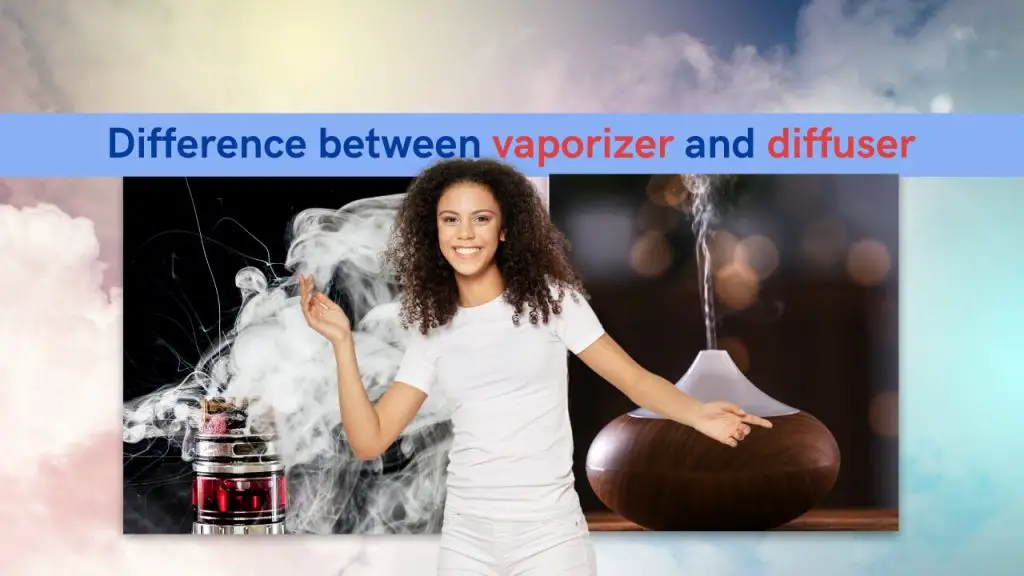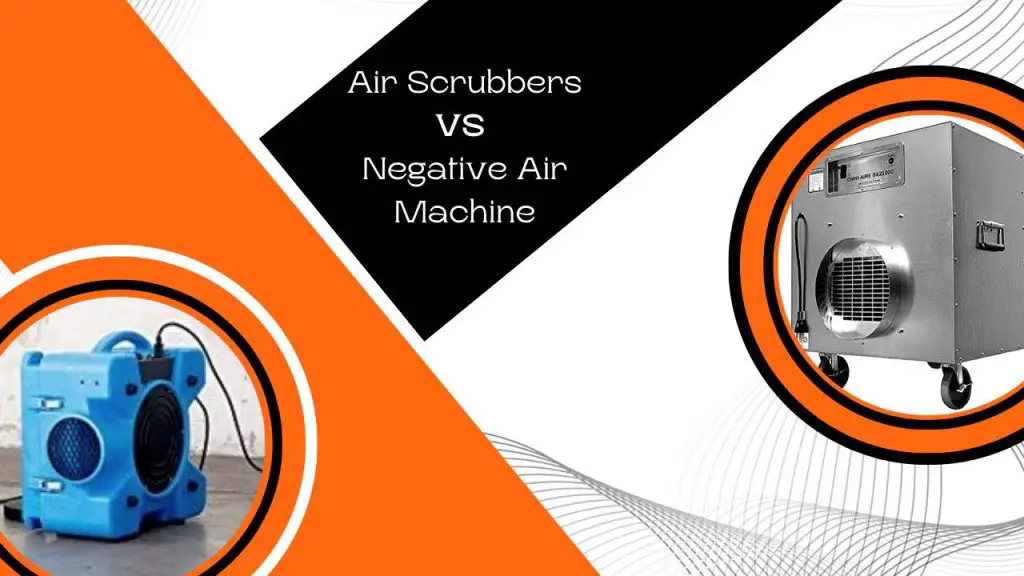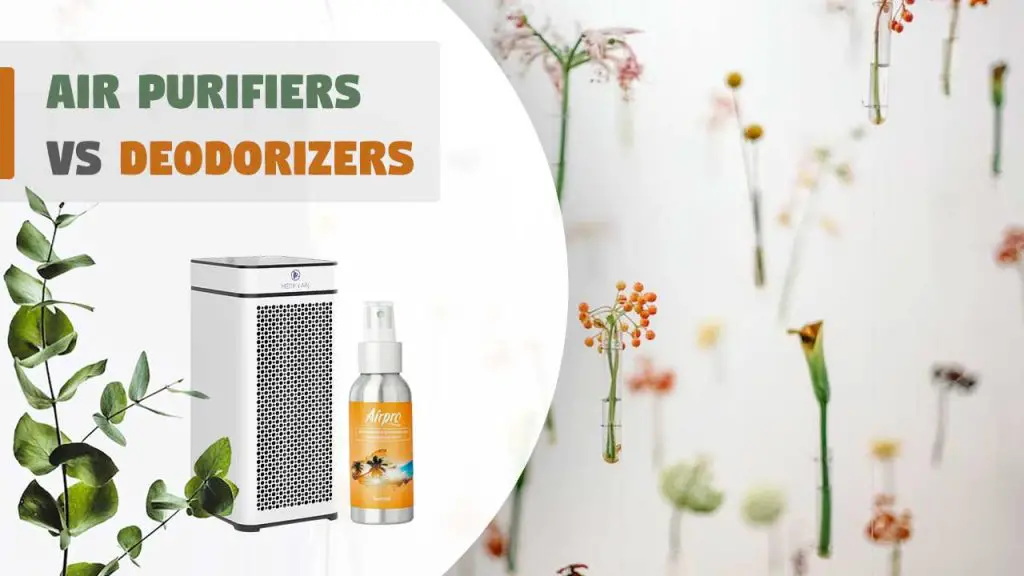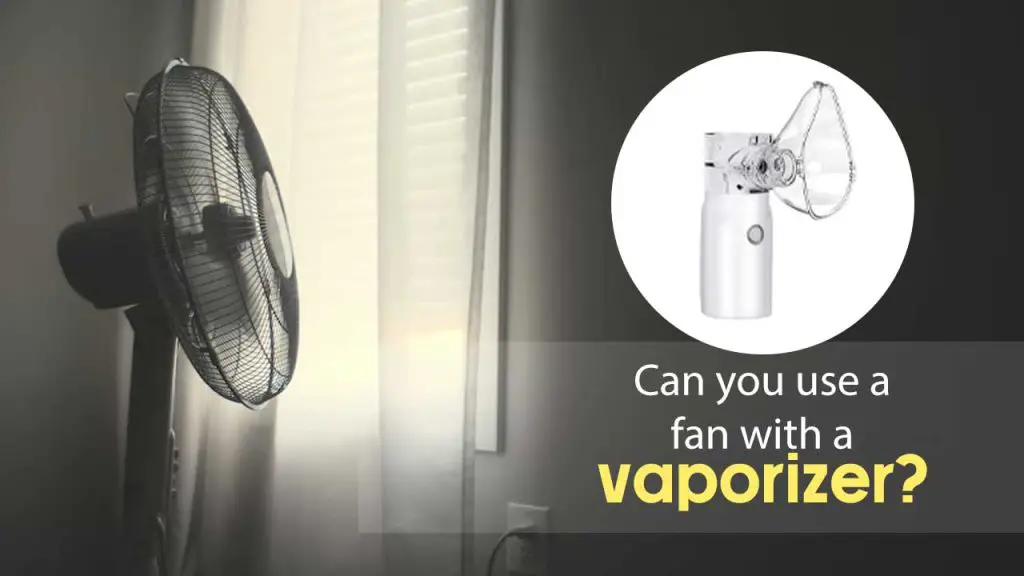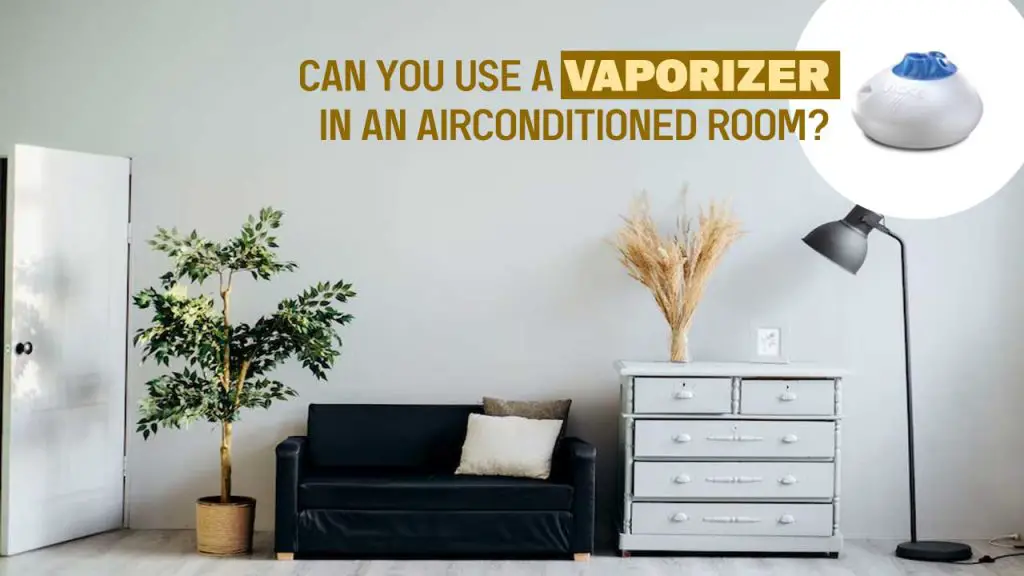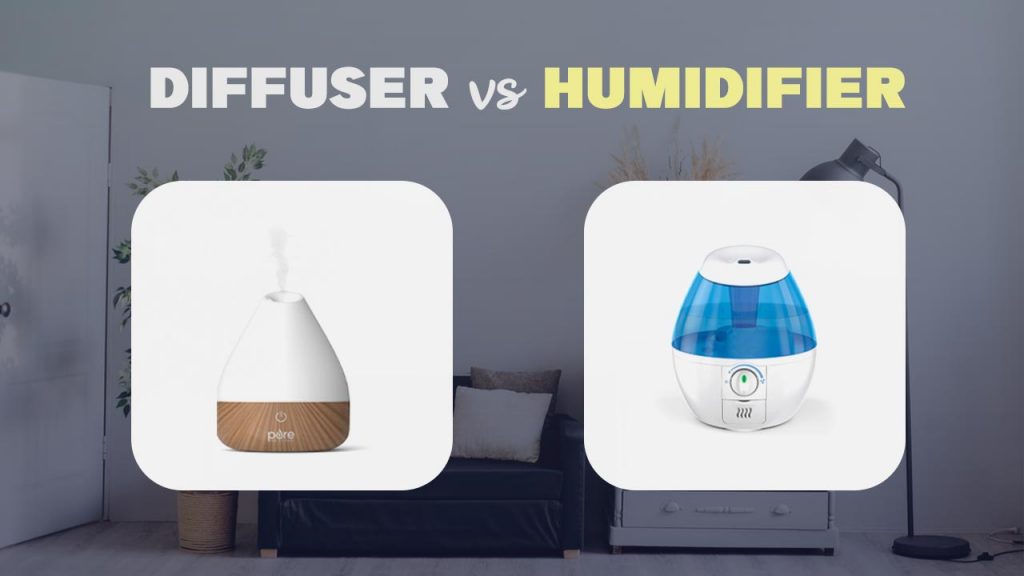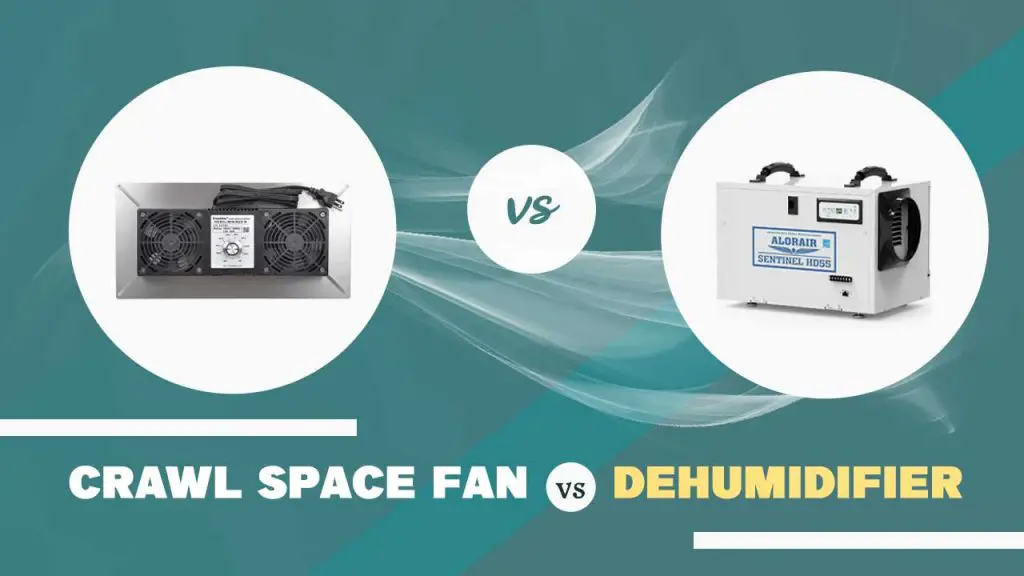When it’s cold and dry, it is common for most of us to go down with the flu. This is even more evident in the flu season, and while a hot steamy shower might help, vaporizers have been identified as a great remedy to produce steam in the air and help fight against cold and other flu symptoms.
On the other hand, aromatherapy may also be adopted with the help of diffusers. A diffuser is an appliance that is used to release essential oils into the air in the form of broken down mist to promote good health and wellbeing.
A vaporizer and diffuser are similar in some ways, especially with the fact that they both disperse some form of mist for therapeutic reasons.
Most people refer to a vaporizer as a type of humidifier and they may not be wrong. A vaporizer is what is often regarded as a steam humidifier.
There are slight differences between a diffuser and a vaporizer, and in this post, we’ll run you through these differences in a bid to show you how best to apply them in your home.
Key Differences between a Vaporizer and Diffuser
If you ask anyone who has used both appliances, they’ll tell you that the major difference between a vaporizer and a diffuser is mostly temperature.
A vaporizer heats the water before dispersing mist into the air while a diffuser uses cool water. In a vaporizer, the water is heated up and turned into hot steam, in the form of vapors.
A vaporizer, through this process, provides humidity in the room. On the other hand, a diffuser uses cool steam and is used to disperse essential oils into the air.
Another major difference is that diffusers are primarily used for aromatherapy (with the use of essential oils to boost moods, relieve headaches and relieve stress), while a vaporizer is a steaming agent to fight cold, flu and dryness.
A vaporizer cannot accommodate essential oils due to the heated plastic that could damage the oils. Some people think of a vaporizer as a specific type of humidifier, and that is not far from the truth.
Another major difference is in the way moisture is introduced, as the vaporizer uses heats up water while the humidifier creates mist from cool water.
How does a Vaporizer work?
Let’s say you have just received your first vaporizer and you’re wondering how it works, it’s quite simple really. Unbox the product and read the instructions properly for specific details.
Fill the chamber or tank with pure and filtered water. You must avoid hard water which might cause a buildup of plaques in the chamber.
Ensure you fill the chamber to the indicated line, and not to the brim to prevent a spill when it starts to boil.
Plugin the vaporizer and watch the internal burners/heaters do the task of heating the water and getting it to the boiling point where it is converted to gas.
It is this gas that is then released as steam into the air through a hole. This goes on until the chamber becomes empty. But it is wrong to leave the vaporizer on until it empties itself, so you should turn it off before that happens.
Most vaporizers also have a timer with which you can effect an auto switch off even in your absence.
If there are prescribed herbs or medications, you can add those in the chamber and let the steam do its magic. Ensure you clean properly and frequently to avoid the build-up of minerals or plaques in your vaporizer.
How does a Diffuser Work?
There are four common types of diffusers; ultrasonic, heat, evaporative and nebulizing.
1. Nebulizing Diffusers
The good thing about nebulizing diffusers is that they do not require diluting with water vapor. The essential oils are released directly into the air, making them more potent.
This means the nebulizer does not have a water reservoir because the essential oils do not need carrier water droplets. These diffusers function using the theory of fluid dynamics.
Air, at high velocity, is shot through a tiny tube, causing a suction-like effect that forces the essential oils resting at the base to rise to the top of the tube.
The rise of essential oils coupled with pressurized air forces the oils to be broken down into tiny, waterless mist particles that flow into the room.
2. Evaporative Diffusers
Evaporative diffusers work with a simple mechanism. Essential oils are poured into the chamber (on an absorbent pad).
The internal fan then blows across the surface of this soaked pad, producing the right energy for the evaporation of essential oil molecules into the air.
Water is not required with this type, but you would need to replace the pad frequently.
There are also passive evaporators like the reed diffuser which uses porous wooden materials to wick up oil from within the container to the top of the Reed through the capillary. At the top, the oil then evaporates gradually into the air.
3. Ultrasonic Diffusers
The other type is the ultrasonic diffuser. This diffuser relies on micro-droplets of water converted into vapor by means of ultrasonic vibrations.
These vibrations are the result of sound waves we cannot hear, produced by a vibrating disc at an ultrasonic frequency.
The essential oils already mixed in water is churned at a high rate, converting the water to mist or vapor which is then blown out by the fan into your room.
4. Heat Diffusers
As the name implies, they use heat to achieve evaporation. They are the most affordable type, often requiring just a candle.
It is a simple process of heating up essential oils to release their fragrance into the air. This type is not just crude but also comes with concerns about safety.
For instance, there is no auto-shut button or feature and the candle just burns until it completely waxes out.
Also, the flame released into your home might cause a health hazard, as much as the bad smell and impurities that may result from heating up the essential oils.
Is it better to use a vaporizer or humidifier?
We already established that a vaporizer is more or less a steam humidifier. In this sense, we’d be making comparisons between a regular evaporative or ultrasonic diffuser and a vaporizer. But let’s understand the basics.
There are different types of humidifiers, and while the mechanism may be slightly different, the work is the same; releasing mist into the air to boost humidity. For that reason, we’ll focus on the most common type called an evaporative humidifier.
The evaporative humidifier is a simple and quite self-regulating appliance. It has a reservoir from where water is passed onto a basin.
The installed filter then goes to work, absorbing the water to become soaked up. The fan in the device then blows air through the wet filter and takes some mist along with it.
It is this air and evaporated water that flows through the vents and into your room. Usually, as humidity increases, it becomes more difficult for moisture to be evaporated from the filter.
This is where the self-regulating feature of the humidifier comes to play; the higher the humidity, the lower the humidifier’s vapor output. In the same manner, the lower the humidity in the room, the higher the device’s vapor output.
Deciding whether to use a humidifier or vaporizer would largely depend on what you need them for. If you need to increase the moisture content in your room and provide more humidity, a humidifier should be your preferred option.
On the other hand is the vaporizer which is more hygienic because the vapor that emanates from the appliance is the result of boiling water, free of germs or other harmful particles.
Unlike a humidifier that simply adds moisture to the room, a vaporizer only disperses clean moisture into the air.
What the above suggests is that you may want to consider a vaporizer if you’re concerned about germs or bacteria in your home. Furthermore, it is a great choice if you or any member of your home is down with the flu.
Of you have kids, it’s important to be careful with a vaporizer, due to contact with boiling water. Where kids are present and flu or bacteria is not a problem, a humidifier should do.
A vaporizer is similar to a humidifier in so many ways. For one, both appliances cannot fully accommodate essential oils due to their properties. So, it’s not possible to say that one is better than the other, as each one is best for specific situations.
When to use a vaporizer instead of a humidifier?
We will examine this point based on below listed critical factors.
1. Budget
Budget is a crucial factor for most people. Generally, vaporizers are less expensive and could be a reason why you’d prefer it to the more expensive humidifier. Just be sure it suits the size of your room.
2. Cold and Flu
Another reason a vaporizer may be your preferred choice is if you’re fighting off symptoms of a cold and flu. This is because a vaporizer grants you the freedom to add medications that you can inhale to ease chest and nasal congestion.
3. Contamination
Contamination is a major issue when it comes to humidifying your home. Humidifiers have a way of releasing some contaminants like mold into the air or promoting their growth.
With cool mist humidifiers, there’s also the issue of mineral deposits. On the other hand, vaporizers may become a better choice because they’re less prone to releasing or promoting contaminants in your room because of the more hygienic steam they release.
When to use a humidifier instead of a vaporizer?
Let’s consider a few important points:
1. Children
For the safety of your kids against burns, it is best to stick with a humidifier that doesn’t require boiling water. A vaporizer may be tipped over by kids or pets and cause hot water spills. You will get the humidity you want using a humidifier without the risk of burns on your children.
2. Energy
Humidifiers are largely more energy efficient as they do not contain heaters or burners known to consume a lot of energy. This also gives them an economic edge over vaporizers.
Final Words:
Understanding what appliance is best for what situation is important to make the right choice. With these differences established, you should be able to know what you need for what and why you should buy one appliance instead of another.
A quick recap, a vaporizer uses heated water and is more hygienic while a diffuser is best for administering essential oils. So, whether it’s a vaporizer, a diffuser or a humidifier, the goal is to promote comfort and good health in your home, for you and your loved ones.
| Photo | Title | Buy |
|---|---|---|

|
LEVOIT Air Purifier for Home & Bedroom - For Allergies and Pets Hair | Check Price On Amazon |

|
BREEZOME 60 OZ Quiet Dehumidifiers for Home, Dual-Semiconductor | Check Price On Amazon |

|
AquaOasis™ Cool Mist Quiet Ultrasonic Humidifier for Bedroom & Large room | Check Price On Amazon |

|
43.3'' Portable Air Conditioners, 3-IN-1 Evaporative Air Cooler w/Remote | Check Price On Amazon |

|
BlueDri BD-AS-550-BL Negative Machine Airbourne Cleaner HEPA Air Scrubber | Check Price On Amazon |

|
Space Heater, VCK 24" 12ft/s Fast Quiet Heating Portable Electric Heater | Check Price On Amazon |
